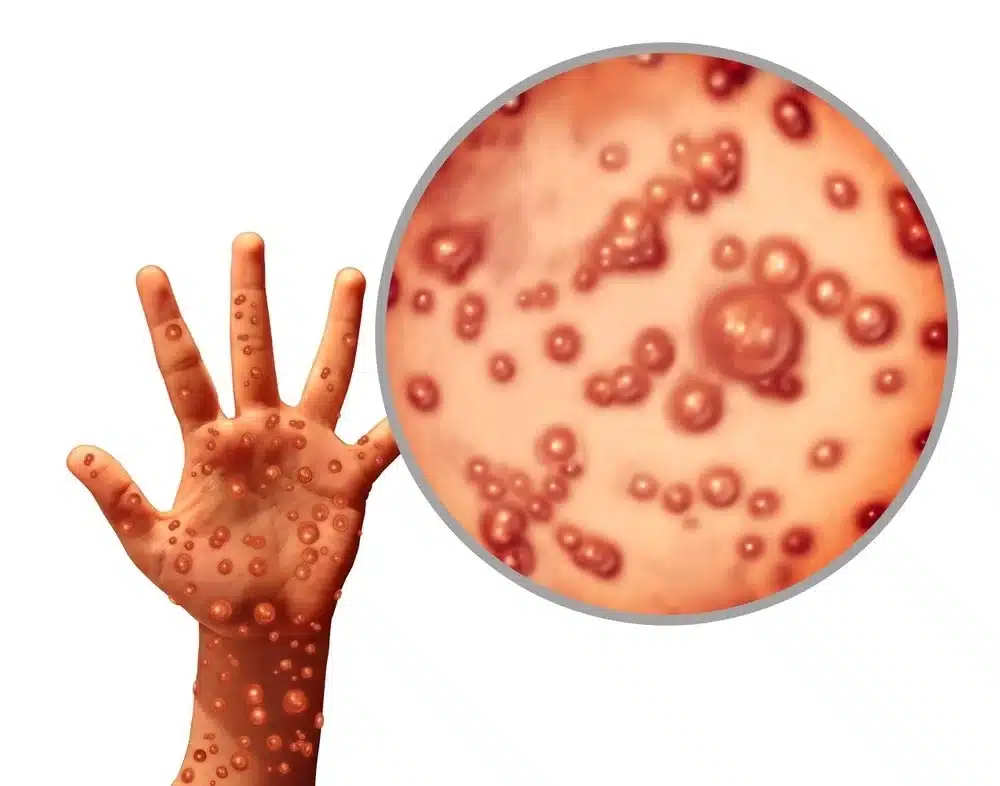Monkeypox is a rare viral disease that is similar to smallpox, but typically less severe. The disease was first identified in humans in 1970 in the Democratic Republic of Congo and is primarily found in Central and West Africa. The virus is transmitted to humans through contact with an infected animal, typically a monkey or a rodent.

The signs and symptoms of monkeypox include fever, headache, muscle aches, backache, swollen lymph nodes, chills, and exhaustion.

These symptoms typically appear within 2 to 5 days after infection. A rash then develops, often beginning on the face and then spreading to other parts of the body. The rash changes and goes through different stages before finally forming a scab. The rash is often accompanied by painful sores, swollen glands, and a fever.

In some cases, monkeypox can cause eye infections, which can lead to vision problems or blindness. In severe cases, it can lead to severe respiratory infections, swollen glands, severe headaches, back pains, and even death in some cases. However, most people who are infected with the virus will recover without any serious complications.

Monkeypox is diagnosed based on the symptoms and the patient’s history of exposure to an infected animal. There is no specific treatment for monkeypox, and the best way to prevent the disease is to avoid contact with infected animals.
To prevent monkeypox, it is important to be aware of the risk of infection and to take precautions to avoid contact with infected animals. This includes avoiding hunting, trapping, or handling wild animals, and avoiding contact with animals that are sick or showing signs of illness.

